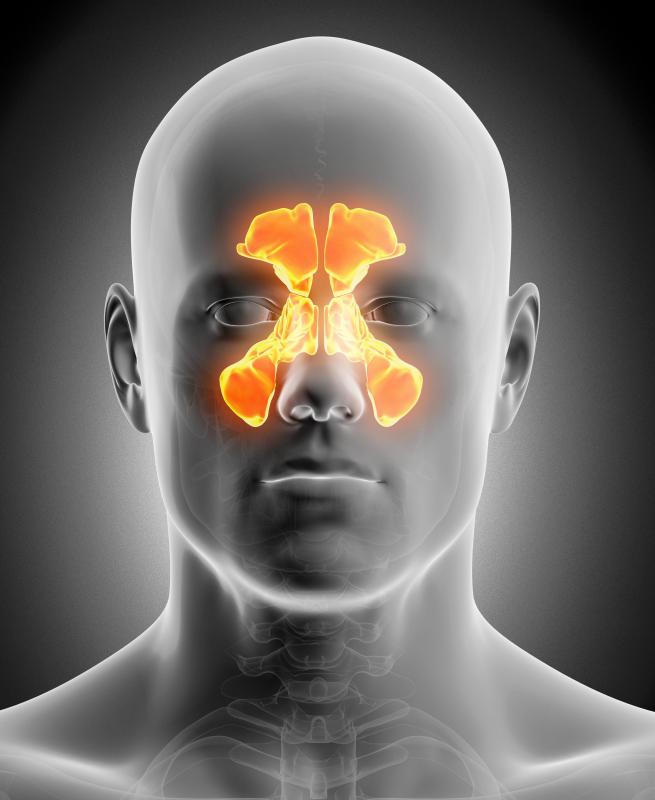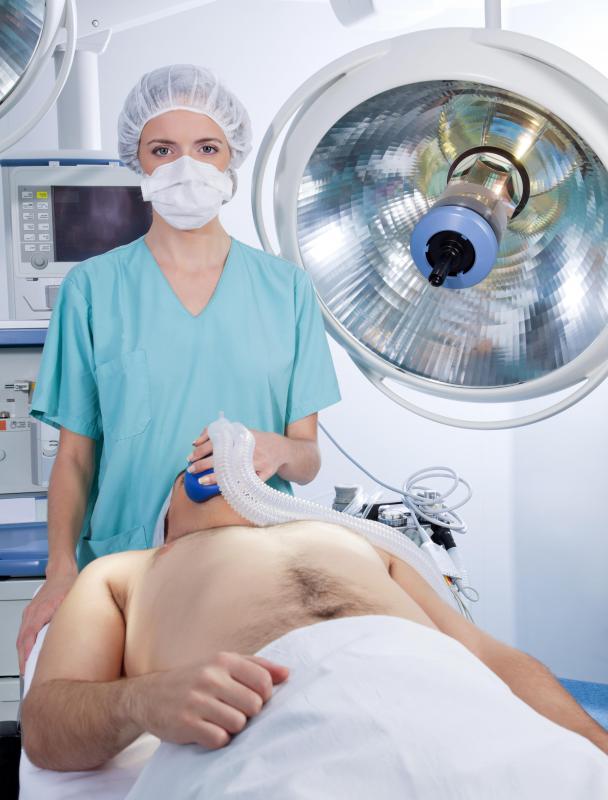At WiseGEEK, we're committed to delivering accurate, trustworthy information. Our expert-authored content is rigorously fact-checked and sourced from credible authorities. Discover how we uphold the highest standards in providing you with reliable knowledge.
What Are the Different Sinus Surgery Procedures?
Sinus surgery procedures are performed to widen the openings inside the nose that drain the sinuses. They are typically used when medications alone are not enough to treat chronic sinus infections. There are several different types of procedures, including endoscopic surgery, open sinus surgery, and balloon sinusplasty. The type of procedure used depends on the severity of the sinus condition.
For most people, medications and other home treatments such as humidifiers or non-medicated nasal rinses are typically enough to relieve a sinus infection. For some, however, the infections do not respond well to home treatment and more invasive techniques may be required. Sinus surgery procedures may be recommended for those with nasal polyps, sinus disease or cancer, and an infection that has spread into the bone. Those with structural abnormalities responsible for chronic sinus infections may also be required to have surgery to relieve their conditions.

Prior to scheduling a sinus surgery procedure, an imagining scan is typically ordered to confirm a diagnosis, exam the sinuses, and decide upon the best type of surgery to treat the condition. Most sinus surgeries are out-patient procedures, meaning the patient can go home shortly after the surgery as long as there are no life-threatening complications. Either local or general anesthesia is used to sedate the patient, and the entire surgery takes between one and two hours.

Endoscopic sinus surgery procedures are one of the most common types. During the procedure, a thin tube that has a small camera attached to its end is threaded up into the nose to provide imaging support while the blockages causing the sinus infections are removed. Image-guided surgery is similar to endoscopic surgery, except it uses a CAT scan to provide more visual support. In balloon sinusplasty, the sinus openings are enlarged by inserting a catheter with an inflatable balloon into the nasal passage.

Open sinus surgery procedures may be required for more complicated cases of chronic sinus infections. During this procedure, the surgeon makes an incision over the sinus, opens it up, removes the damage tissue, and reconstructs the sinus. Since there is an increased risk of scarring and infection, this type of procedure is usually reserved for cases that cannot be treated with other procedures.

In addition to reducing the instances of chronic sinus infection, sinus surgery procedures may have several other benefits. The procedures open improve the flow of air through the nose, which allows the patient to breath better. Many patients also report a stronger sense of smell after the procedure as well. Results can vary depending on the patient and the severity of the sinus damage.
AS FEATURED ON:
AS FEATURED ON:



















Discussion Comments
During the recovery time following sinus surgery, it is very important to follow your doctor's orders about not touching or blowing your nose. Though it may be tempting to do so, this action could cause a variety of complications, including broken sutures and the need for repeat sinus surgery.
Sinus surgery can be uncomfortable to recover from, because it is often hard to breathe for several weeks. Keeping a room moisturized with a humidifier will help a patient deal with the stuffy feeling that is common following this type of surgery.
Post your comments